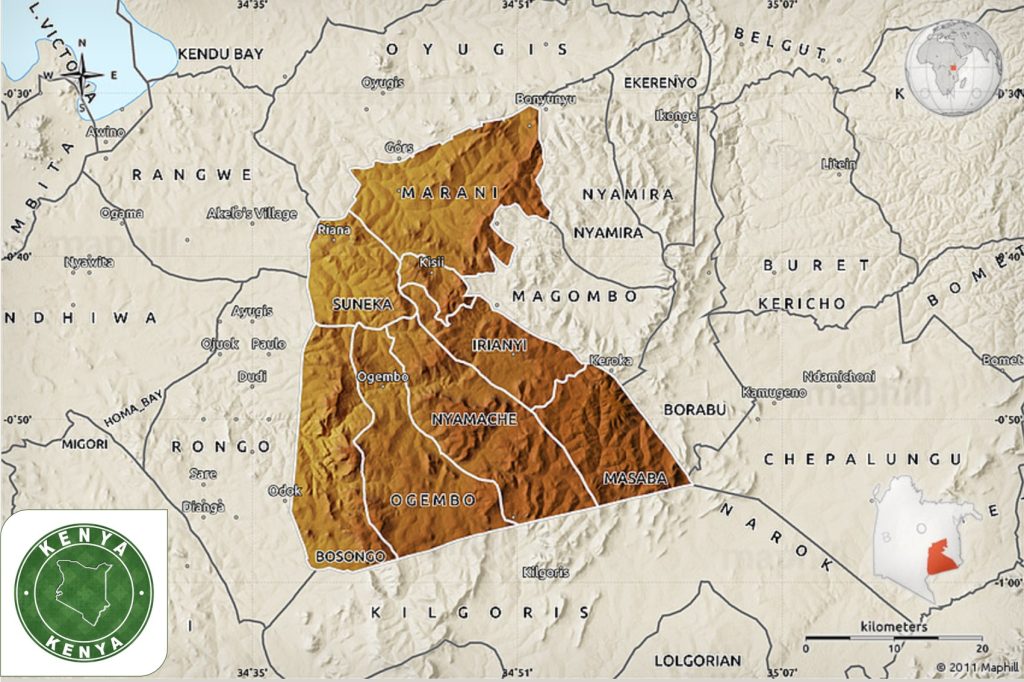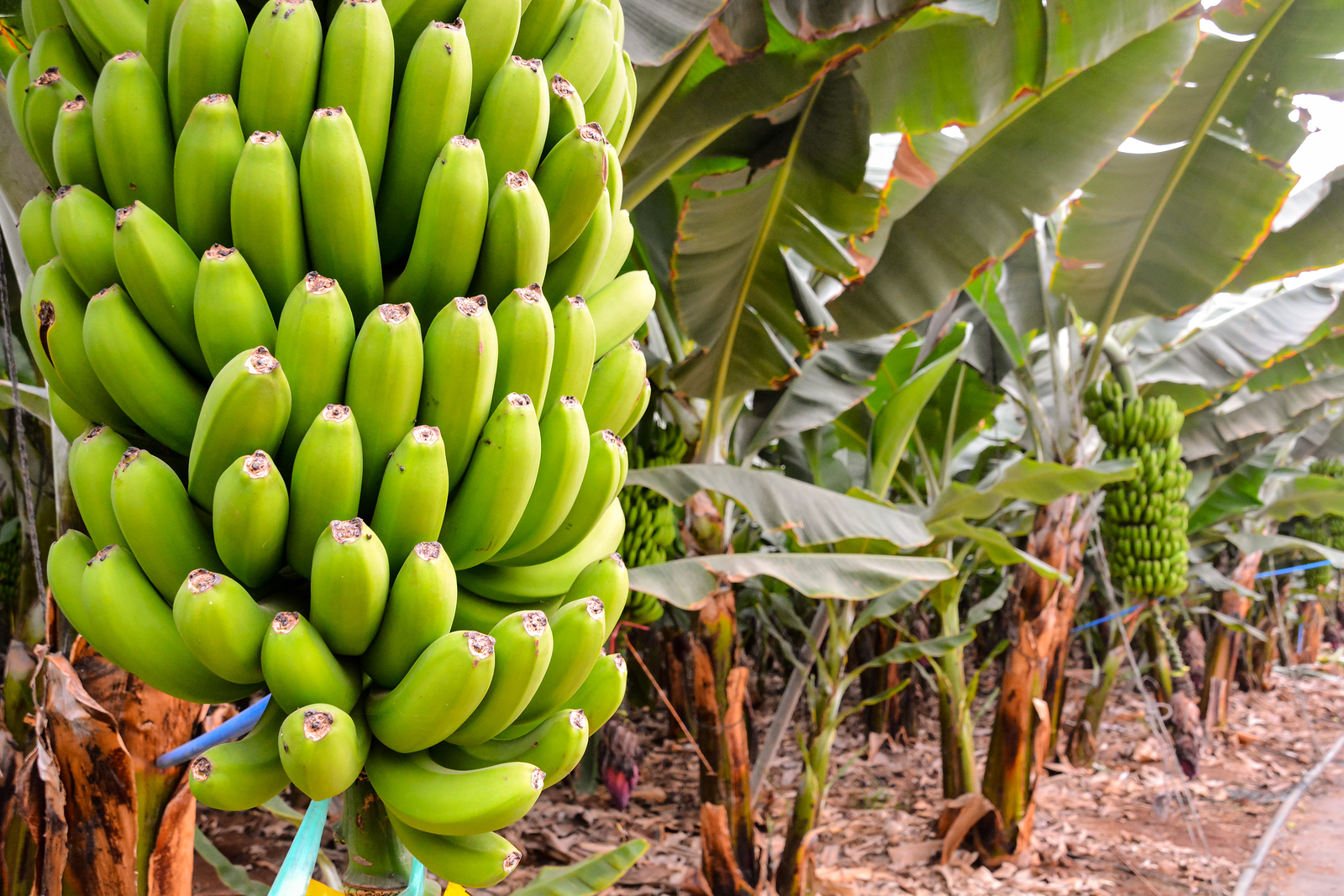Kisii County, situated in the southwestern part of Kenya, is a region known for its vibrant soapstone industry, agricultural significance, and cultural diversity. Nestled in the highlands, the county is an inviting destination for those seeking to explore, study, work, invest, or reside in this colorful part of Kenya.
Unique Facts in Numbers
- Area: Kisii County covers approximately 1,317 square kilometers, offering a diverse geographical landscape of farmlands, hilly terrain, and cultural heritage sites.
- Population: The county had an estimated population of over 1.2 million people in 2019, creating a dynamic and diverse community.
Geopolitical Facts

Governor: Simba Arati
Borders: The county shares its borders with neighboring counties, including Nyamira, Homa Bay, Migori, and Bomet. Its strategic location places it in the southwestern region of Kenya.
Constituencies: Kisii County comprises nine constituencies, each contributing its unique attributes and contributions to the county’s development.
Area around 0° 52′ 31″ S, 34° 55′ 29″ E
Socio-Economic Activities
- Ethnic Diversity: The county hosts various ethnic communities, with the Gusii people being the dominant group. Agriculture, particularly maize, bananas, and tea farming, forms the primary livelihood, with other communities like the Luo and Kikuyu engaging in various activities, including trade and farming.
- Agriculture: Kisii County’s economy is characterized by its agricultural productivity, making it a significant contributor to Kenya’s agricultural production.
- Soapstone Industry: The county is renowned for its soapstone carvings, attracting artists and enthusiasts from various regions.
Natural Attractions
- Tabaka Soapstone Quarry: This quarry in Kisii County is a significant source of soapstone for carving and sculpture, offering a unique glimpse into the local artistry.
- Hills: The county features scenic hills, such as the Manga Hills, offering captivating views and opportunities for hiking and exploration.
- Nyangweta Forest: This forest reserve provides a serene environment for nature enthusiasts and is home to unique plant and animal species.
Challenges Hindering Development
- Kisii County faces various development challenges, including disparities in access to education and healthcare services, infrastructure deficits, and occasional impacts of land fragmentation and environmental issues.
Economic Opportunities
- Agriculture: The county’s economic potential is closely tied to agriculture, particularly crops like maize, bananas, and tea. These sectors offer opportunities for growth, employment, and increased agricultural production.
- Soapstone Industry: The county’s soapstone carvings offer potential for growth in the local arts and crafts sector, attracting artists and tourists alike.
Kisii County is not only a land of soapstone carvings but also a land of opportunities, agricultural productivity, and cultural diversity. Its dynamic communities, lush farmlands, and strong ties to the soapstone industry contribute to a promising environment for growth and development.


Comments are closed